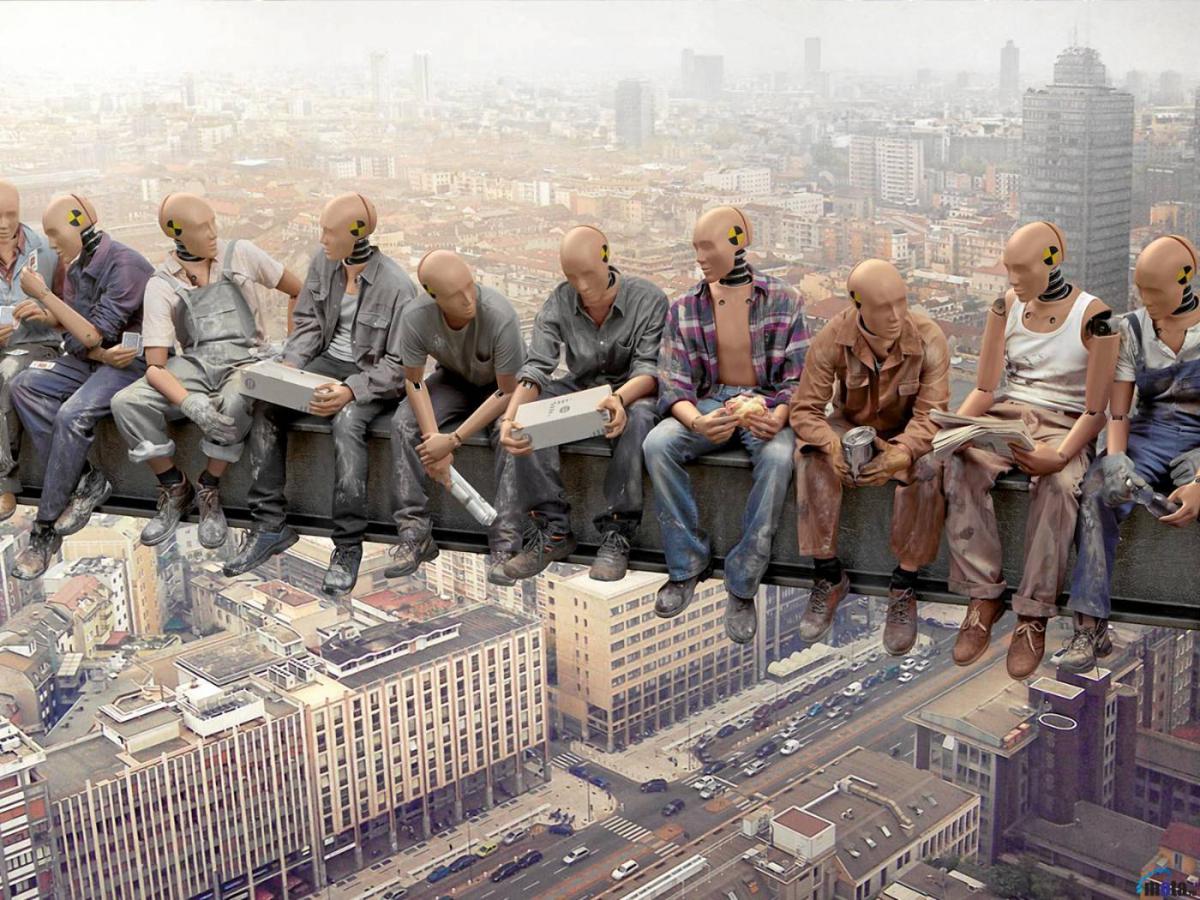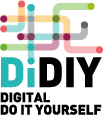Work

In the workplace, the impact of Digital DIY is widespread across all sectors of the economy, and scarcely related to the skills of individuals. This means that Digital DIY has the potential to reshape work, and its organization, both for individuals and for companies of all sizes.
The DiDIY Project studies the transformations that Digital DIY is already producing, or may produce, in European companies and workplaces, in order to produce guidelines that maximize the positive impacts of Digital DIY on the quality of such systems. This part of the research activity happened in the Work Package named Organization and Work.
To understand this side of DiDIY, and what should be done about it, we suggest you to look at the following studies, proposals and other resources by the DiDIY Project, listed here from the least to the most complex:
FACTS SHEET(s) on: DiDIY leads makers and enterprises to create new cluster-based business models
DiDIY VOCABULARY KEYWORDS: Do It Yorself-er,DIYer, maker; DiDIY organizational impact; DiDIY worker; Digital Do It Yourself-er, DiDIYer; Do It Together, DIT; DiDIY activity
VIDEOs:
- Digital DIY, Organization and Work - DiDIY Course
- Digital DIY and Creative Society video 4: Entrepreneurship
- Digital DIY in Organization and Work- DiDIY Community Day, Barcelona
- DiDIY Final Conference: Digital DIY, Organization and Work (in Italian)
The parts of the DiDIY Guidance Manual about:
- Existing business and innovation models, pag. 21
- Less or more jobs?, pag. 41
- More risks and opportunities for businesses, pag. 43
- Distinguish between producing and sharing information, and actual manufacturing, pag. 63
- Guidelines for the main DIDIY stakeholders: Managers and entrepreneurs, pag. 95
Examples from the DiDIY POLICY PATTERNS wiki:
- Reformulating the "smart" in "smart-work": DiDIY is enabling job enrichment
- Restructuring top-level management
- Facilitate artisans access to DiDIY
- Transforming B2C organizations sales structures through DiDIYers
- Exploiting DiDIY practices for healthcare professionals
DiDIY Project Official Deliverables:
- D3.6 REVIEWED RESEARCH MODEL
- 2.2.1 The impact of digital technology on organizations besides automation, pag. 8
- 2.2.2 From teleworking to smart-working, pag. 8
- 2.2.3 From smart workers to “Digital Do It Yourself workers”, pag. 9
- 3.4 Main results: [workers’] Emerging profiles, pag. 19
- 4.7.1 The CIO role, pag. 44
- 4.7.2 The CDO role, pag. 48
- 5.4 [Networkers] Research results and discussion, pag. 54
- 6.4 A DiDIY framework for healthcare professionals, pag. 65
- Annex 1. The framework of the personal/environmental characteristics of a worker (RT1), pag. 73
- D3.2 INTEGRATIVE MODELLING (WORK AND ORGANIZATION)
- 3.2 Research design, pag. 14
- 3.5.2 Summary of personal characteristics, pag. 23
- 3.5.3 Summary of environmental characteristics, pag. 24
DiDIY KNOWLEDGE FRAMEWORK:
- Par 4.1 DiDIY in organization and work, and in particular:
- IW1 DiDIY and organization
- IW2 DiDIY and work IW3 DiDIY and business models

